African Forest Buffalo
- January 30, 2024
- 0 comment
The African Forest Buffalo, scientifically known as Syncerus caffer nanus, is a captivating and unique subspecies of the widespread African buffalo. Distinctly smaller in stature and bearing a striking reddish-brown coat, this buffalo has perfectly adapted to the dense and humid rainforests of Central and West Africa. Unlike its larger cousin, the Cape buffalo, which roams the open savannahs, the African Forest Buffalo thrives in the shelter of thick forests, primarily in countries like Congo, Gabon, and Cameroon. Their diet is primarily herbivorous, feeding on the abundant grasses, leaves, and other vegetation of the forest floor, which plays a significant role in the ecological balance of these lush environments.
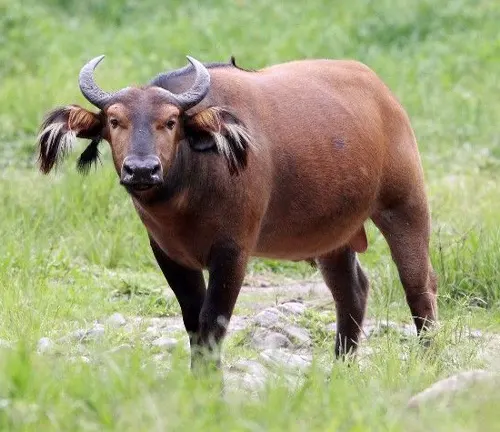
Despite their robust appearance, these buffaloes are known for their elusive nature, often proving to be a challenge for wildlife enthusiasts and researchers to spot in the wild. Living in smaller herds compared to other buffalo species, they exhibit a complex social structure that has piqued the interest of many animal behaviorists. The African Forest Buffalo faces threats from habitat loss due to expanding deforestation and is also a target for poachers, adding to the urgency for conservation efforts. Understanding and preserving this unique subspecies is crucial, not only for maintaining biodiversity but also for the ecological health of the African rainforests they inhabit. Their presence symbolizes the rich, yet often hidden, treasures of the African wilderness, making them an essential component of their natural habitat and a fascinating subject for study and admiration.
| Specification | Description |
|---|---|
| Scientific Name | Syncerus caffer nanus |
| Common Name | African Forest Buffalo |
| Size | Length: 1.7 to 2.1 meters (5.6 to 6.9 feet) |
| Shoulder Height: Up to 1.5 meters (4.9 feet) | |
| Weight: 250 to 320 kilograms (550 to 705 lbs) | |
| Coat Color | Reddish-brown |
| Habitat | Central and West African rainforests |
| Diet | Herbivorous – mainly grasses and leaves |
| Social Structure | Small herds; complex social interactions |
| Lifespan | Approximately 15 to 20 years in the wild |
| Reproduction | Gestation period of about 11.5 months |
| Usually one calf per birth | |
| Conservation Status | Not currently listed as endangered |
| Threats | Habitat loss, poaching, diseases |
| Role in Ecosystem | Seed dispersal, maintaining vegetation balance |
| Distinctive Features | Smaller size compared to other buffalo subspecies; sharp, hook-shaped horns |
The Enigmatic African Forest Buffalo: A Journey into the Wild
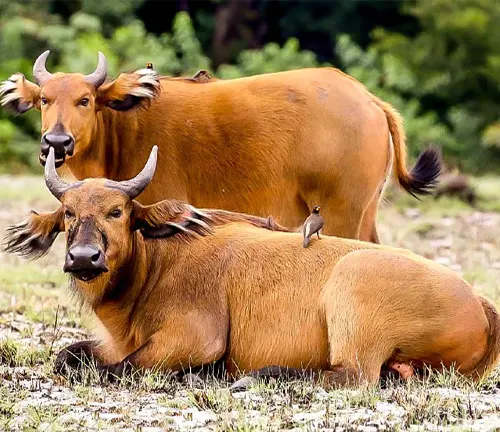
Welcome to a journey into the heart of Africa’s dense forests, where the enigmatic African Forest Buffalo roams. This majestic creature, a lesser-known cousin of the larger savannah buffalo, holds a world of mysteries and wonders.
Understanding the African Forest Buffalo
The African Forest Buffalo, smaller yet robust, is a sight to behold with its reddish-brown coat and powerful build. Found primarily in the rainforests of Central and West Africa, these buffaloes are a testament to the diversity of African wildlife.
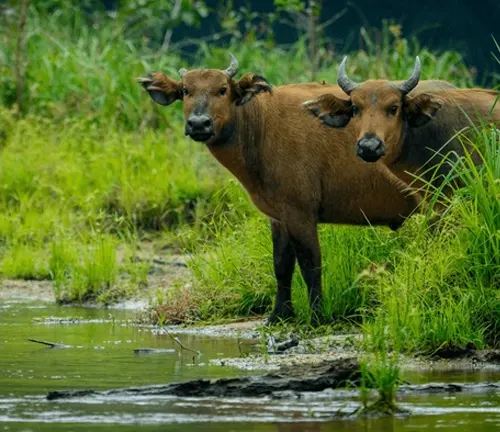
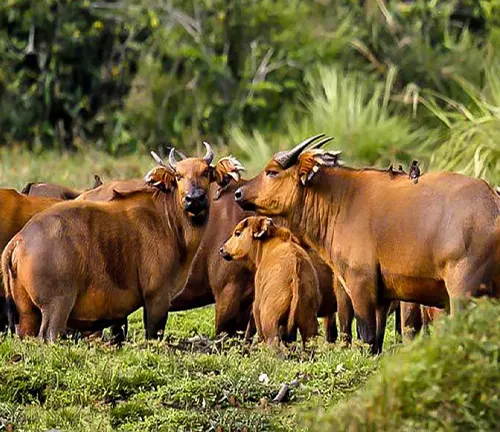
Behavior and Lifestyle
Socially complex, African Forest Buffaloes live in herds, showcasing fascinating behaviors. Their diet mainly consists of grasses and leaves, vital for the forest’s health. The reproduction cycle and life span of these buffaloes highlight their resilience in the wild.
Ecological Importance
As keystone species, African Forest Buffaloes play a critical role in maintaining ecological balance. Their interaction with other species and their role in seed dispersal underscore their importance in the ecosystem.

Conservation Status
Despite their significance, these buffaloes face numerous threats, including habitat loss and poaching. Conservation efforts are underway, but the challenges are immense, calling for global awareness and action.
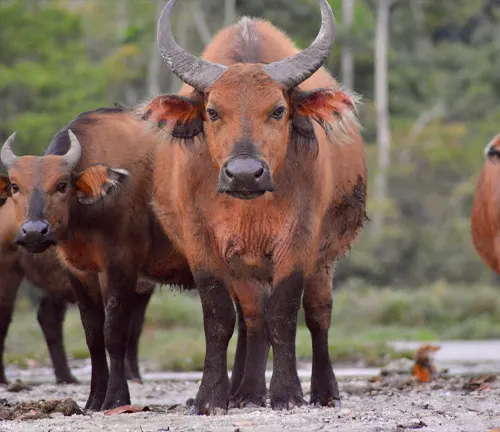
Cultural and Economic Significance
In African culture, the buffalo is revered and symbolizes strength. Economically, they impact ecotourism, but this coexistence comes with its challenges.
Comparative Analysis
When compared with other buffalo species, the African Forest Buffalo’s unique adaptations and behaviors stand out, highlighting the rich biodiversity of the African continent.
Challenges in Studying African Forest Buffaloes
Studying these elusive creatures is fraught with challenges due to dense habitats and limited research funding, yet the pursuit of knowledge continues.
Impact of Climate Change
Climate change poses a significant threat to the habitats of these buffaloes, impacting their survival. Understanding and mitigating these effects is crucial for their future.
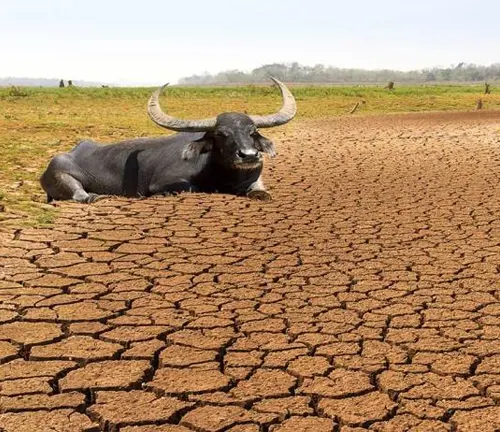
The Future of African Forest Buffaloes
What does the future hold for the African Forest Buffalo? Efforts in conservation and research are key to ensuring their survival amidst changing environmental conditions.
Interesting Facts
Did you know that African Forest Buffaloes have a keener sense of hearing than their savannah counterparts? Discover more fascinating facts about these incredible animals.
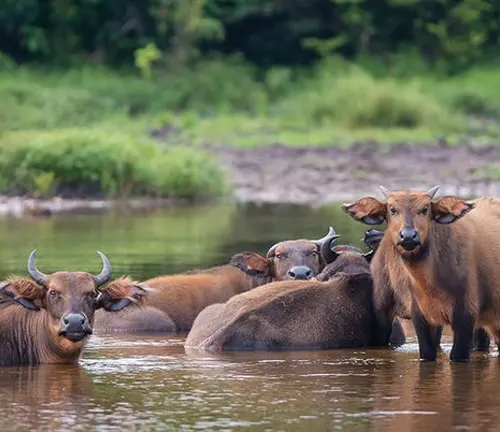
Human Interaction and Coexistence
The relationship between humans and African Forest Buffaloes is complex, marked by both conflict and coexistence. Finding a balance is essential for the future of both parties.
Different Species
Cape Buffalo
(Syncerus caffer caffer)
The most common and widespread subspecies, known for its large size and found mainly in Eastern and Southern Africa.
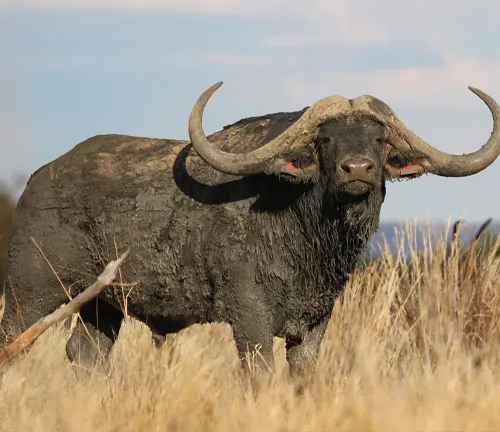
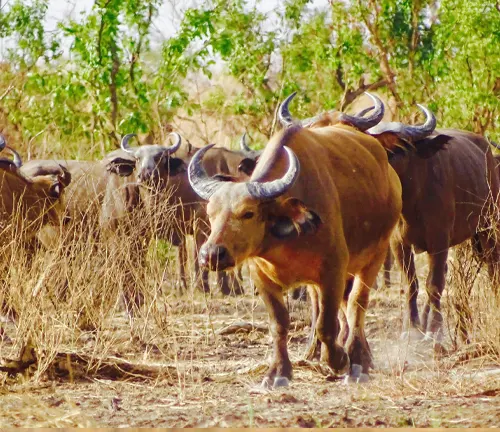
West African Savannah Buffalo
(Syncerus caffer brachyceros)
Found in West Africa, this subspecies is smaller than the Cape buffalo and has distinctively reddish coats.
Central African Savannah Buffalo
(Syncerus caffer aequinoctialis)
This subspecies inhabits Central Africa and is characterized by its smaller size and lighter color compared to the Cape buffalo.
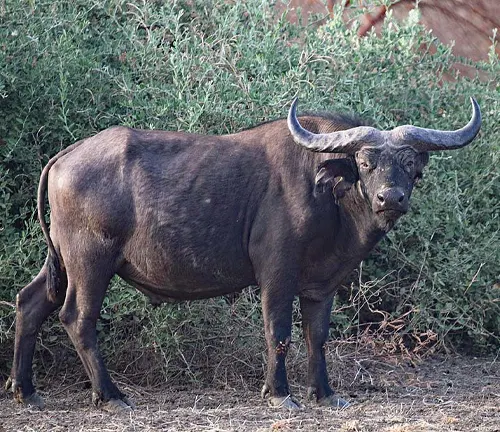

Sudan Buffalo
(Syncerus caffer planiceros)
Located primarily in West Africa, particularly in the savannah regions of Sudan, this subspecies is smaller and has a lighter build.
Frequently Asked Question (FAQs)
- What is an African Forest Buffalo?
The African Forest Buffalo (Syncerus caffer nanus) is a smaller subspecies of the African buffalo, adapted to the dense rainforests of Central and West Africa. - How does the African Forest Buffalo differ from other buffalo species?
It is smaller, with a reddish-brown coat and more adapted to dense forest environments, unlike its larger cousin, the Cape buffalo, which prefers savannah habitats. - Where can African Forest Buffaloes be found?
They are primarily found in the rainforests of Central and West Africa, including countries like Congo, Gabon, and Cameroon. - What do African Forest Buffaloes eat?
Their diet mainly consists of grasses, leaves, and other vegetation found in the forest floor. - How big can an African Forest Buffalo get?
They are smaller than the typical African buffalo, usually weighing between 250 to 320 kilograms. - What are the main threats to the African Forest Buffalo?
Major threats include habitat loss due to deforestation, poaching for meat and horns, and diseases like bovine tuberculosis. - Are African Forest Buffaloes dangerous to humans?
Like most wild animals, they can be dangerous, especially if threatened or provoked. They are known for their unpredictable nature. - How do African Forest Buffaloes interact socially?
They tend to live in smaller herds compared to their savannah counterparts and have a complex social structure. - What is the conservation status of the African Forest Buffalo?
They are currently not listed as endangered, but their populations are affected by habitat loss and hunting. - Can African Forest Buffaloes be domesticated?
They are wild animals and not suitable for domestication. They are very different from domestic cattle in terms of behavior and needs. - What is the lifespan of an African Forest Buffalo?
They typically live for about 15 to 20 years in the wild. - How do African Forest Buffaloes contribute to their ecosystem?
They play a crucial role in seed dispersal and maintaining the balance of vegetation in their forest habitats. - Are there any successful conservation programs for African Forest Buffaloes?
Various conservation efforts are in place, focusing on habitat preservation and anti-poaching measures. - How can one differentiate between a male and female African Forest Buffalo?
Males are generally larger with more robust horns compared to females. - What is the best way to observe African Forest Buffaloes in the wild?
Visiting national parks and wildlife reserves in Central and West Africa with guided tours is the safest and most responsible way to observe these animals in their natural habitat.




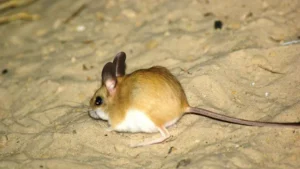
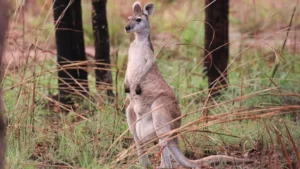
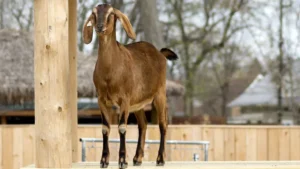
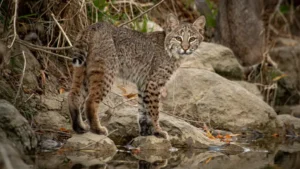

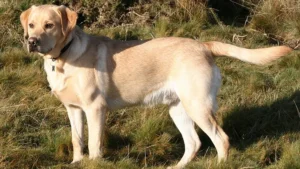
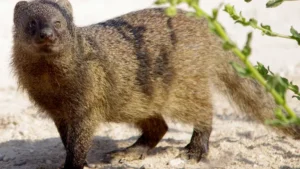

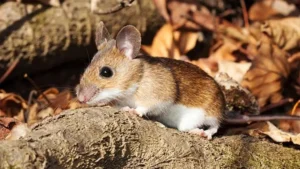

Leave your comment